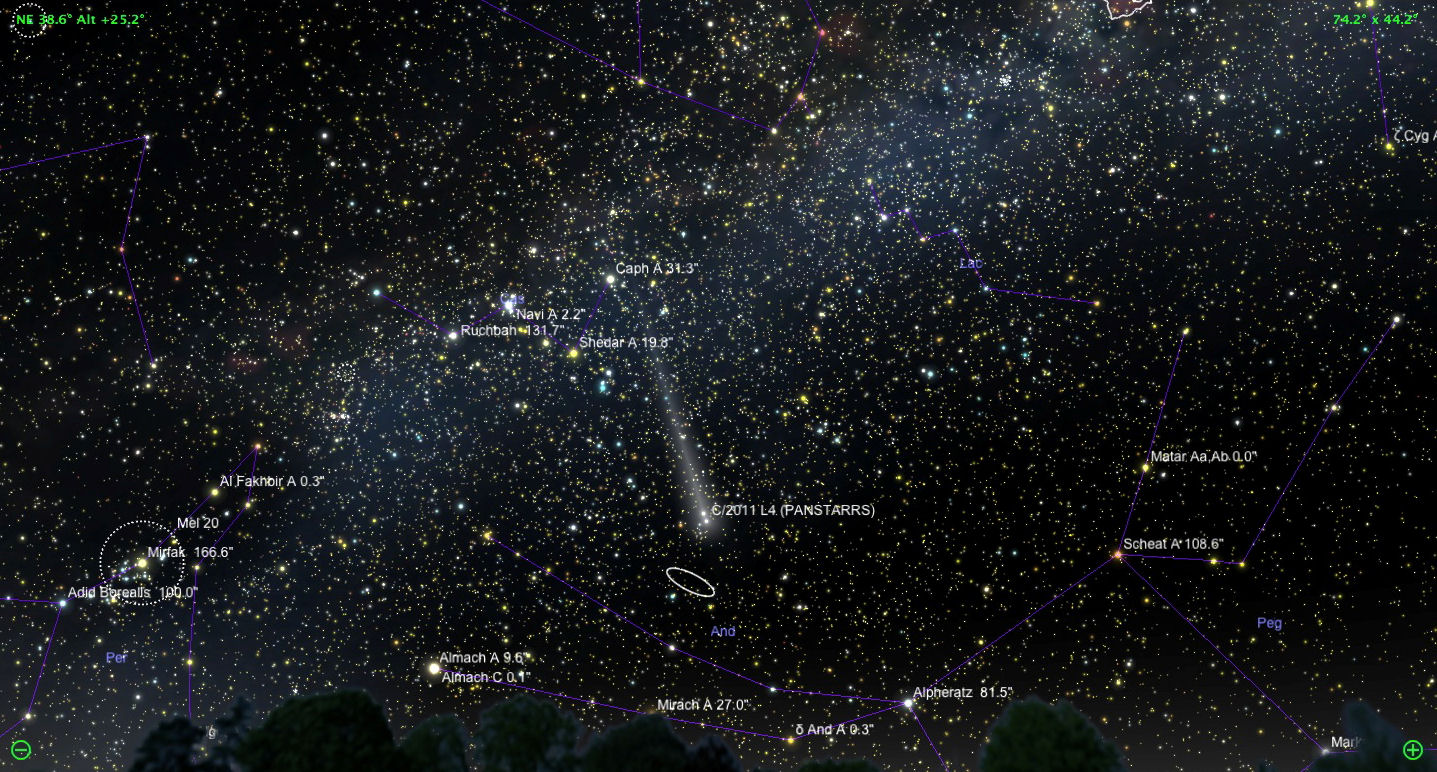Just like beautiful planetary alignment in late winter/early spring of 2012 when you could see Venus, Jupiter, Mercury, Mars, and Moon rolling in the skies pretty close together, next year’s sky is going to be even more spectacular with two bright comets — C/2011 L4 (PANSTARRS) and C/2012 S1 ISON — approaching the Sun. Unfortunately, at their brightest next year, both will be quite low in the sky.
Comet PANSTARRS: A Great Comet In 2013?
This comet was discovered by the 1.8-m Pan-STARRS 1 Ritchey-Chretien telescope (Haleakala, Hawaii, USA) on June 6, 2011 with magnitude 19.4 at a distance of nearly 7.9 AU from the Sun. PANSTARRS will pass closest to Earth on 2013 March 5 (1.10 AU). It could be very bright in March, heading north and passing close to the Andromeda Galaxy (M31) in early April in the early morning sky.
Passing perihelion on March 10, 2013, at the distance of only 0.3 AU from the Sun, this comet might reach the brightness from 0 to -1, and some even say up to -4, shining as bright as Venus.
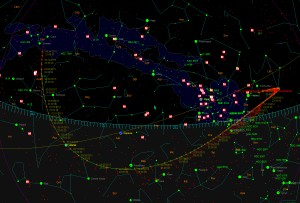
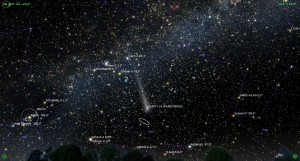
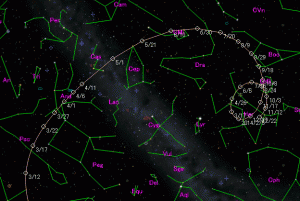
Comet ISON: A Daylight Great Comet In 2013?
This one’s pure awesomeness.
Discovered at magnitude 18.8 on September 21 by the two astronomers, Vitali Nevski from Vitebsk, Belarus, and Artyom Novichonok from Kondopoga, Russia, in about a year from now, Comet C/2012 S1 (ISON) might become the brightest comet anyone alive has ever seen.
According to predictions, the comet will approach to within 0.012 AU of the Sun at the end of November 2013. Then, in January 2014, the comet will approach to within 0.4 AU of Earth. Sometime in late October or early November 2013, ISON should cross the naked-eye visibility threshold. From there, it may reach — or even exceed — the brightness of the Full Moon.

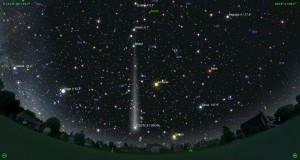
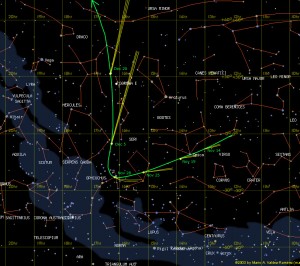
Sources:
Appearance of PANSTARRS and ISON Comet next year
Wordt 2013 het Jaar van de Grote Kometen PANSTARRS en ISON?
New comet will light up the sky.
